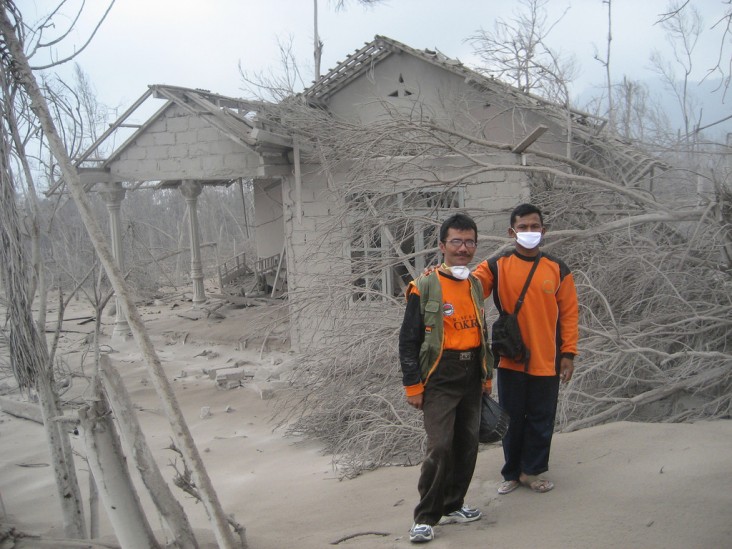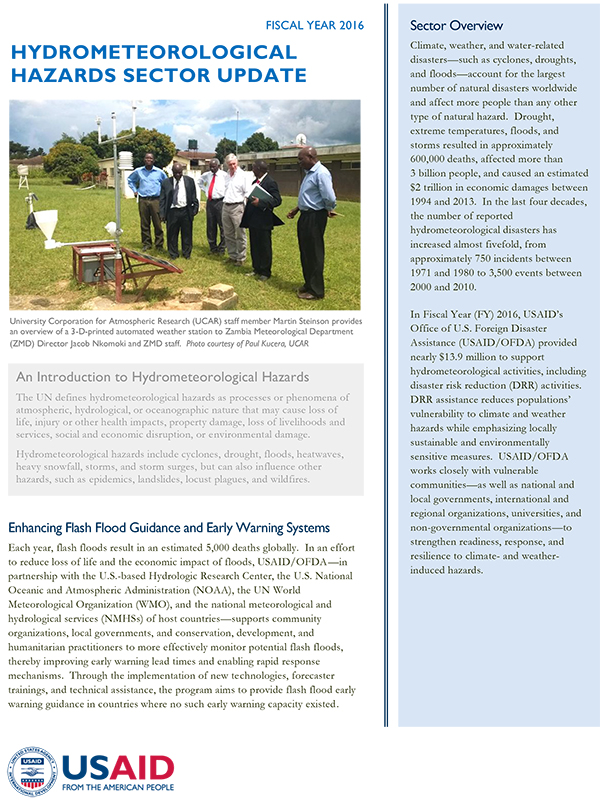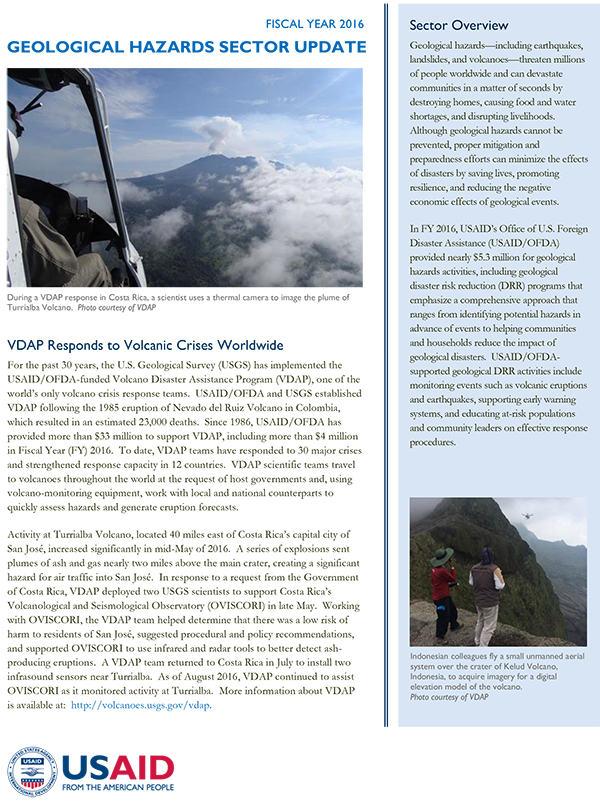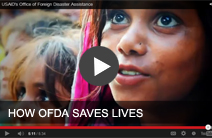- What We Do
- Agriculture and Food Security
- Democracy, Human Rights and Governance
- Economic Growth and Trade
- Education
- Ending Extreme Poverty
- Environment and Global Climate Change
- Gender Equality and Women's Empowerment
- Global Health
- Water and Sanitation
- Working in Crises and Conflict
- Disaster Assistance
- Political Transition Initiatives
- Conflict Mitigation and Prevention
- Countering Violent Extremism
- Disaster Risk Reduction
- Peacebuilding and Reconciliation
- Providing Safe & Secure Environments for Development
- Recovering From Crisis
- Resilience
- Tech Challenge for Atrocity Prevention
- World Humanitarian Day
- U.S. Global Development Lab

Hydrometeorological Hazards
Climate, weather, and water-related disasters—such as cyclones, droughts, and floods—account for the largest number of natural disasters worldwide and affect more people than any other type of natural hazard. Drought, extreme temperatures, floods, and storms resulted in approximately 600,000 deaths, affected more than 3 billion people, and caused an estimated $2 trillion in economic damages between 1994 and 2013. In the last four decades, the number of reported hydrometeorological disasters has increased almost fivefold, from approximately 750 incidents between 1971 and 1980 to 3,500 events between 2000 and 2010.
In Fiscal Year (FY) 2016, USAID’s Office of U.S. Foreign Disaster Assistance (USAID/OFDA) provided nearly $13.9 million to support hydrometeorological activities, including disaster risk reduction (DRR) activities. DRR assistance reduces populations’ vulnerability to climate and weather hazards while emphasizing locally sustainable and environmentally sensitive measures. USAID/OFDA works closely with vulnerable communities—as well as national and local governments, international and regional organizations, universities, and non-governmental organizations—to strengthen readiness, response, and resilience to climate- and weather-induced hazards
USAID/OFDA Geological Hazards Subsector Update ![]() (pdf - 298k)
(pdf - 298k)
Geological Hazards
Geological hazards—including earthquakes, landslides, and volcanoes—threaten millions of people worldwide and can devastate communities in a matter of seconds by destroying homes, causing food and water shortages, and disrupting livelihoods. Although geological hazards cannot be prevented, proper mitigation and preparedness efforts can minimize the effects of disasters by saving lives, promoting resilience, and reducing the negative economic effects of geological events.
In FY 2016, USAID’s Office of U.S. Foreign Disaster Assistance (USAID/OFDA) provided nearly $5.3 million for geological hazards activities, including geological disaster risk reduction (DRR) programs that emphasize a comprehensive approach that ranges from identifying potential hazards in advance of events to helping communities and households reduce the impact of geological disasters. USAID/OFDA-supported geological DRR activities include monitoring events such as volcanic eruptions and earthquakes, supporting early warning systems, and educating at-risk populations and community leaders on effective response procedures.










Comment
Make a general inquiry or suggest an improvement.